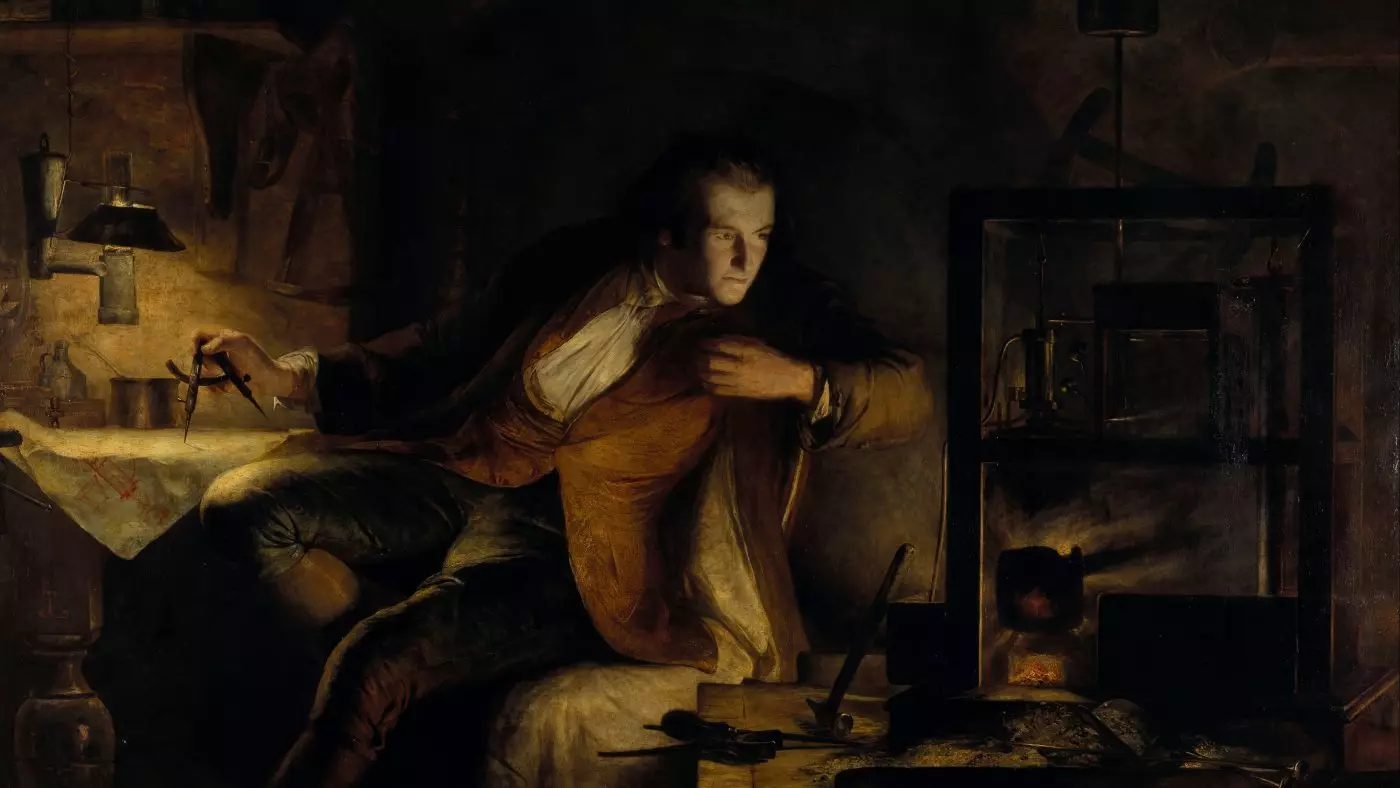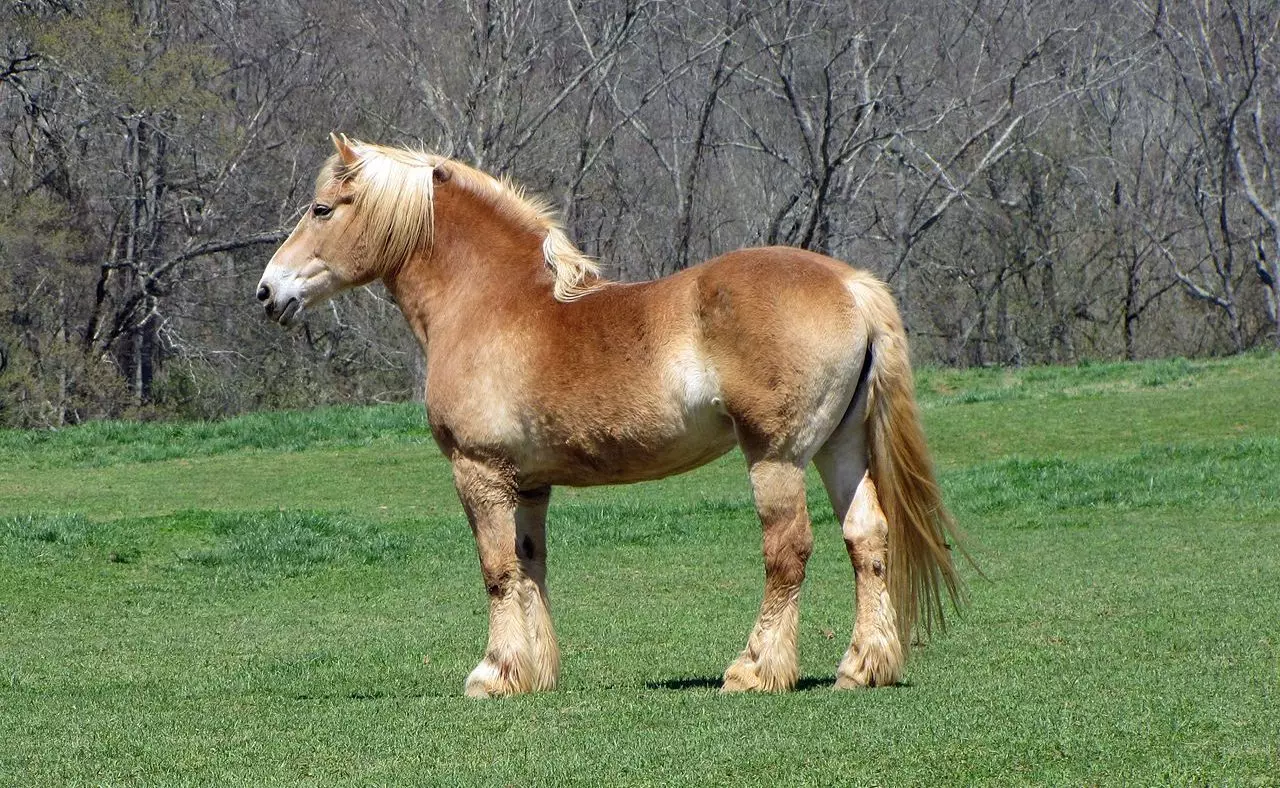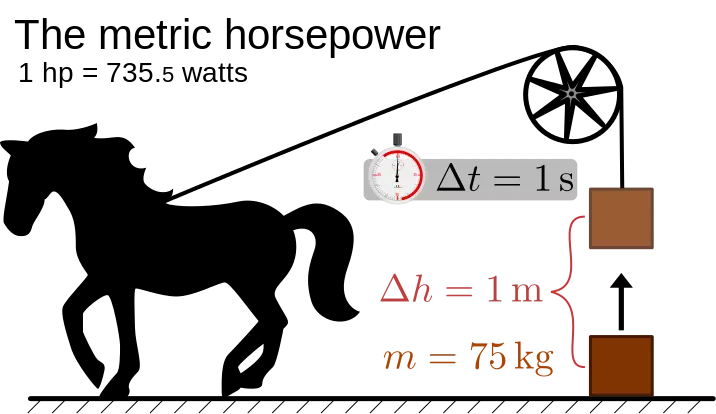We have to go back to the 18th century, the beginning of the Industrial Revolution, to better contextualize the use of the horse as a unit of power.
It is in this period that we find James Watt , famous Scottish inventor, chemist and engineer. Among the many achievements achieved by Watt, perhaps the best known and most important was that of substantially improving Thomas Newcomen's steam engine, created in 1712, which remained largely unchanged for decades.
It was after the repair of one of these machines, analysis and a lot of experimentation, during the 60's of the century. XVIII, that James Watt found solutions that ended up greatly increasing the efficiency of the steam engine. There was a dramatic gain in efficiency (consumption reduced by 75%), a better cost-benefit ratio and more power.
However, it was only in 1781 that Watt managed to have a steam engine with the necessary construction rigor to be commercialized and useful. It was at this time that the first questions arose about how to advertise and promote the gains made in relation to Newcomen's machine.

Initially, he created a royalty system, where his customers would pay him 1/3 of the savings made in using his machine compared to others. But how to make new customers realize the advantages of your machine when they had never had contact with this new technology?
At that time, there was no unit to measure the gains of one technology over another. It was necessary to invent a solution...
horsepower is born
Once an inventor, always an inventor. Watt decided to create a new measurement unit that would allow a quick comparison of his machine with the “machine” most used at the time for all types of work: the horse . This made it much easier to explain and compare your machine's performance. Theoretically, having an engine with 1 hp of power would be the equivalent of having a horse in terms of productivity.
Thus, the horsepower (hp) unit of measure emerged, which would become our horsepower (cv).
What experiments did Watt carry out to determine how much power is a horse? No one knows for sure. There are many versions of how Watt got to the final numbers. However, there is no doubt about the breed of horse that served as a reference: was a draft or a draft horse , a robust breed typically used in mining or farming work, precisely the settings where your machine could be used.

In the end what was determined is that one horsepower would equate to 33,000 pound-feet per minute , since the potency is the equivalent of the work done over a unit of time. With the creation of the metric system, which we adopted, these values were converted to 75 kgf·m/s (kilogram force per meter per second). The calculation and experiment carried out to reach this result are shown in the following image:

Regardless of the calculations performed to determine its value, horsepower became the main unit to determine engine power and is still the most used today. And it is also due to these different forms of calculation that there are discrepancies between cv, hp or bhp.
Ironically, James Watt's contributions to the advancement of steam engines would lead to his surname, Watt, being adopted as the standard measure of power under the SI (International Unit System) in 1972. But we still want to know. the engine power in horses and not in watts, or rather, kW (kilowatt).
By the way… a horsepower corresponds to 735.5 W or 0.7355 kW and a horsepower corresponds to 745.6 W.
